Located along the historic Guangling Road in Yangzhou, Jiangnan House Yangzhou Guangling exemplifies the delicate balance between urban renewal and cultural preservation. The site, characterized by a rich layering of architectural typologies, encompasses timber-framed structures from the Qing Dynasty alongside modern brick-concrete buildings from the twentieth century. Through careful intervention, the project celebrates this architectural diversity while adapting the site for contemporary hospitality use.
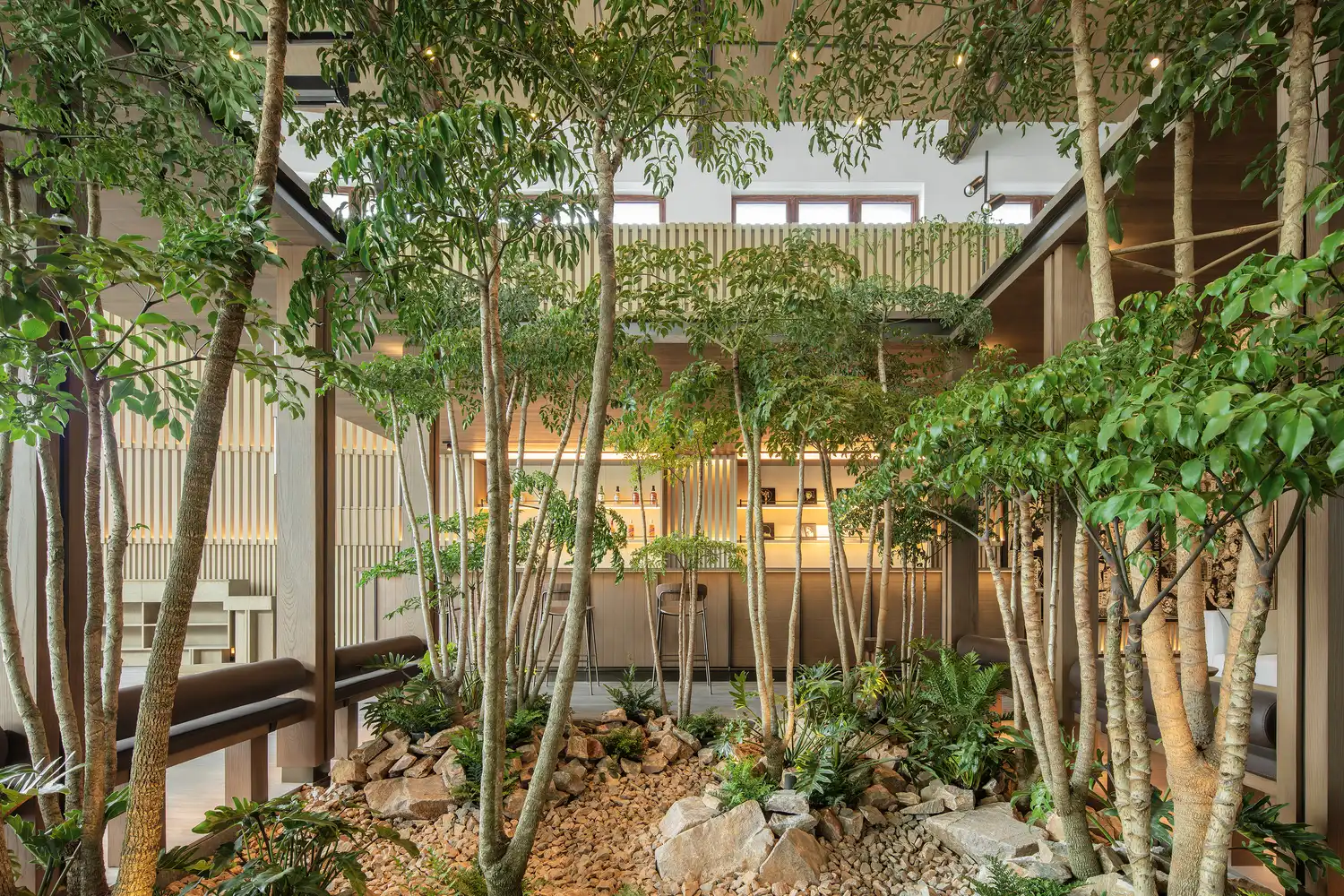
Urban Renewal and Multi-Stakeholder Collaboration
The project is part of the first wave of urban renewal initiatives in Yangzhou Ancient City, focusing on the former Subei Cinema plot. The cinema’s transformation into a boutique hotel required collaboration across multiple disciplines and organizations, including Architecture and Engineering Co., Ltd. of Southeast University, Yangjian Group, and Yangzhou Yijiangxuan Garden and Ancient Architecture Construction Co., Ltd.. B.L.U.E. Architecture Studio was tasked with the interior renovation of the cinema auditorium, the overall interior design of the hotel, the design of two new buildings, and the façade renovation of existing modern structures, forming a coordinated platform for design, construction, and cultural preservation.

Cinema Lobby: Preserving History Through Design
At the heart of the hotel, the former Subei Cinema auditorium has been repurposed as the hotel lobby, respecting both its spatial scale and historical context. The original timber roof structure was preserved, emphasizing the high-ceilinged volume and lending a sense of grandeur to the entrance. A large central screen pays homage to the building’s cinematic history, while a tree pond and surrounding corridors are inspired by traditional Yangzhou garden layouts. This integration of natural elements blurs the boundary between interior and exterior, evoking the sensory and spatial memories of the ancient city in a modern context.
Material choices further reinforce this dialogue with history. Aged elm wood, natural stone flooring, and sawtooth wood veneer evoke the warmth and craftsmanship of historic Yangzhou, while decorative terrazzo, vintage metal fittings, and collaborative woodcarving prints by local artists celebrate the cinema’s cultural legacy. The lobby’s design not only welcomes guests but also introduces them to the layered narrative of the site.

New Buildings: Continuity and Cultural Identity
Two new buildings on the site complement the hotel program, housing guest rooms, a private restaurant, and a sauna. The design honors the existing urban texture while drawing inspiration from Yangzhou classical gardens, incorporating architectural motifs such as pavilions, terraces, and curved corridors. These elements establish a continuous spatial experience, guiding visitors through shifting volumes and interlinked indoor-outdoor spaces.
The building facing the alley entrance features a restaurant with private dining on the first floor and guestrooms above, designed as a contemporary “tower” that cantilevers naturally over the street. Sloping roofs and bamboo mold concrete reference local landscapes, while ground-floor recycled brick walls establish continuity with neighboring historic structures. The sauna adjacent to the Cangyuan Garden emphasizes privacy and tranquility through semi-transparent brick screens, while folding doors and sliding windows create a seamless dialogue between interior and exterior courtyards.
Materials and craftsmanship are central to the design philosophy. Hand-carved stone tiles, textured stone, and small green tiles evoke the aesthetics of traditional Yangzhou architecture, while bamboo-inspired surfaces enhance the spatial narrative. This careful selection of materials ensures both durability and an authentic sensory experience for visitors.

Guest Rooms: Comfort and Local Character
The hotel features 40 guestrooms, distributed between historic structures and newly constructed buildings. Renovated heritage rooms maintain the original timber framework while introducing modern amenities such as air conditioning, heating systems, and updated bathrooms. Minimalist interiors create calm, uncluttered spaces, allowing the warmth of wood, natural stone, handmade bricks, textured plaster, and laminated glass to take precedence.
Cultural references permeate the design: hand-hewn wood panels, hammered copper details, and woodblock prints subtly reference Yangzhou’s traditional craftsmanship. Even in modern rooms, the interplay of light, texture, and spatial arrangement reinforces a sense of place and continuity with the city’s architectural heritage.
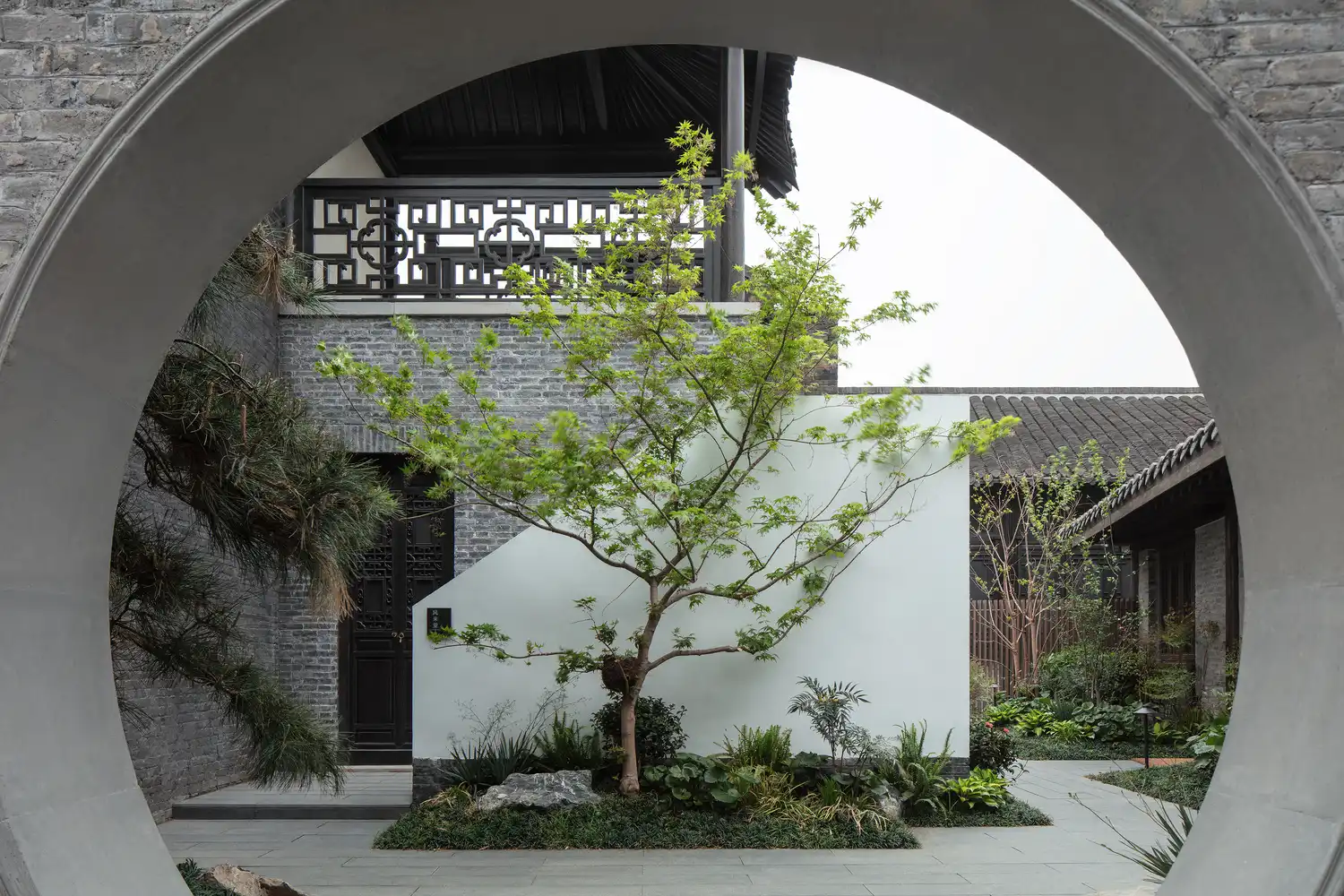
Façade Renovation and Urban Integration
The façades of existing modern buildings were treated with sensitivity to context, retaining original openings while introducing metal grilles, vertical greenery, and potted plants to enrich corridors and provide shelter. These interventions reinforce the dialogue between past and present, creating a coherent urban streetscape while offering functional and aesthetic benefits to guests.
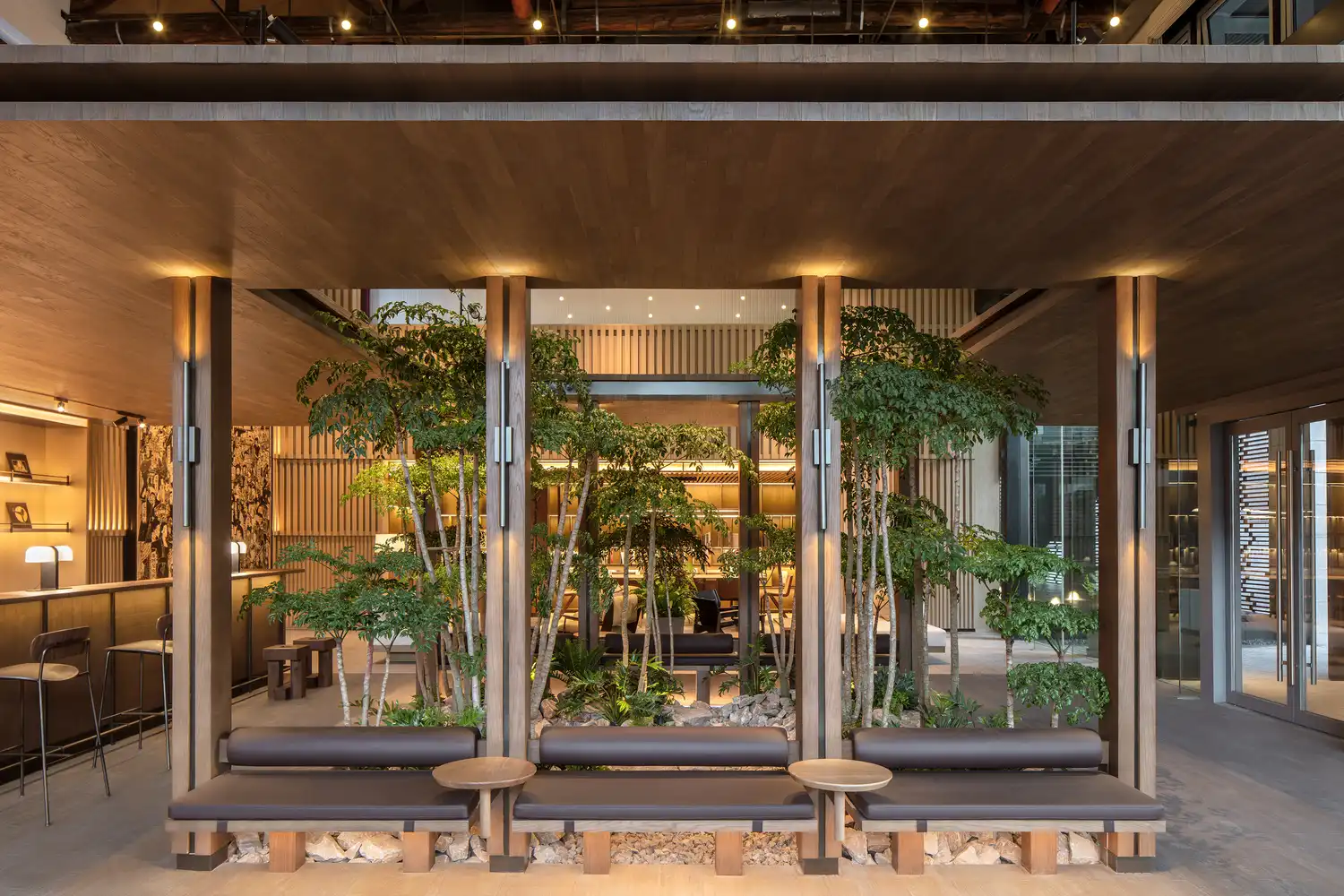
A Harmonious Blend of History and Modernity
Jiangnan House Yangzhou Guangling embodies the principles of context-sensitive design, cultural preservation, and experiential hospitality. From the adaptive reuse of the Subei Cinema to the carefully articulated new buildings and interiors, every aspect of the project reflects an understanding of Yangzhou’s rich urban fabric. Visitors are invited to traverse a layered architectural journey where history, culture, and contemporary comfort converge, fostering a profound sense of place that resonates with the city’s identity.
Through this project, B.L.U.E. Architecture Studio demonstrates that heritage preservation and modern design need not be in conflict. Instead, thoughtful architecture can celebrate the past while creating functional, engaging, and culturally immersive environments for the present and future.
Photography: XIA ZHI PICTURES
- adaptive reuse architecture
- B.L.U.E. Architecture Studio
- Chinese classical garden inspiration
- Contemporary heritage interiors
- Courtyard and pavilion design
- Cultural preservation architecture
- experiential hospitality design
- Heritage hotel renovation
- Historic preservation design
- Hotel design in China
- Interior design Yangzhou
- Jiangnan House Yangzhou
- Local craftsmanship in architecture
- Mixed-use hotel buildings
- Subei Cinema transformation
- sustainable urban architecture
- Timber-framed building renovation
- Urban integration design
- Urban renewal Yangzhou
- Yangzhou boutique hotel


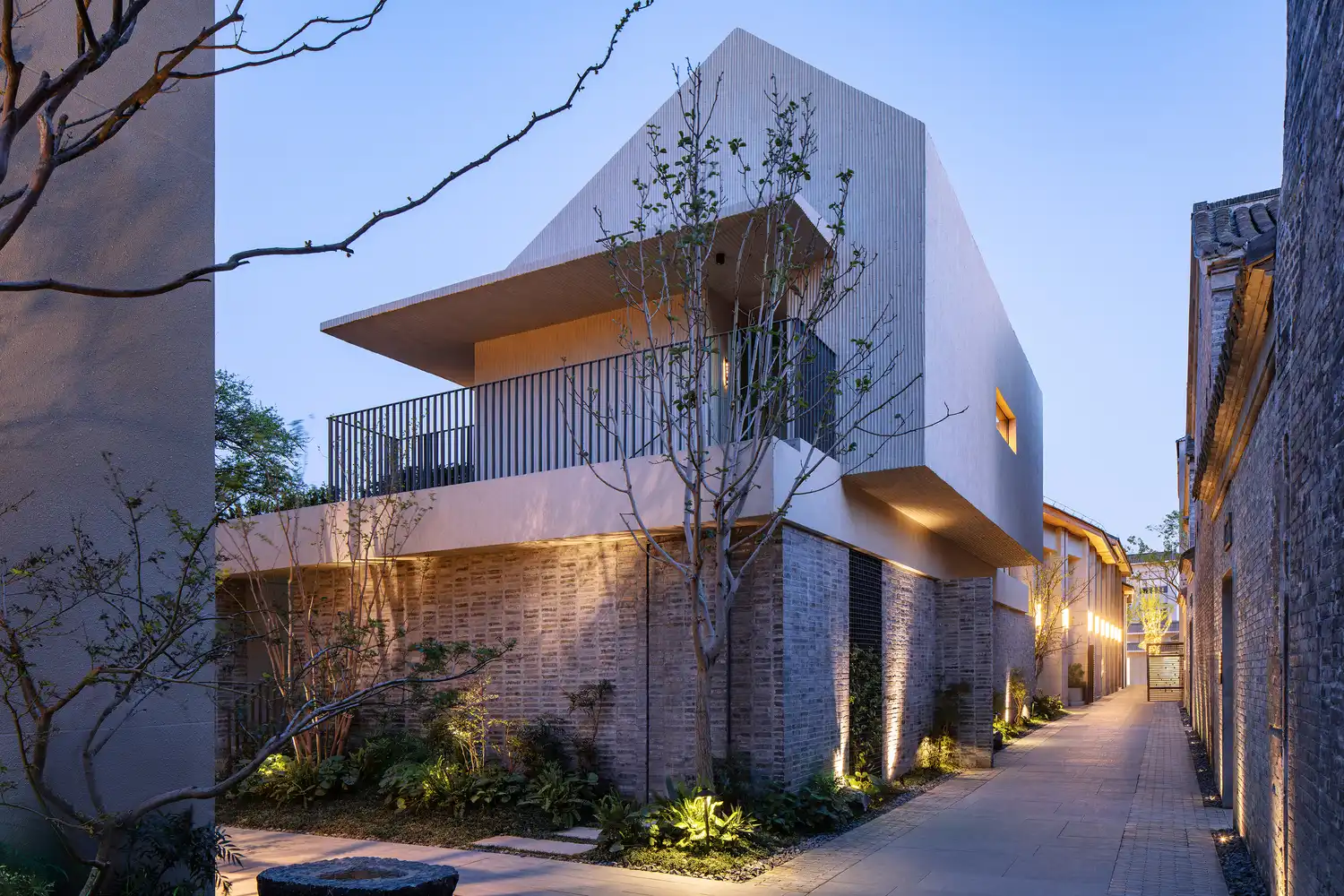
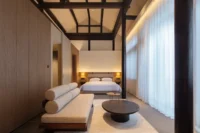
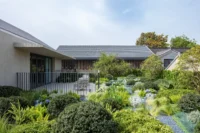




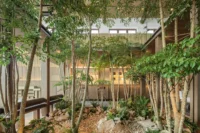













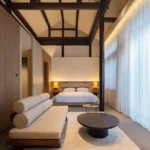
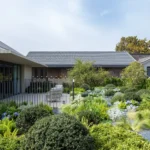


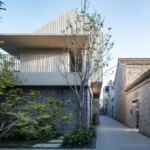
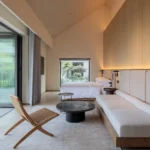

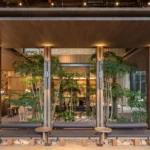
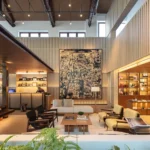

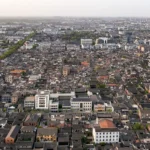
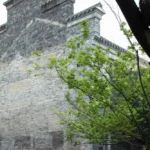
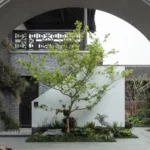

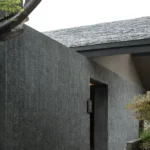
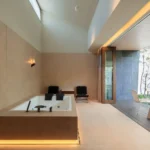
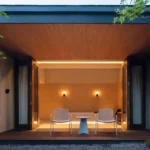
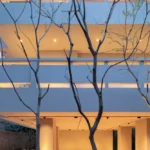
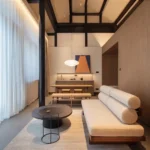
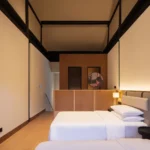
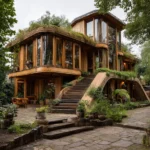
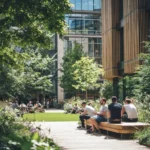







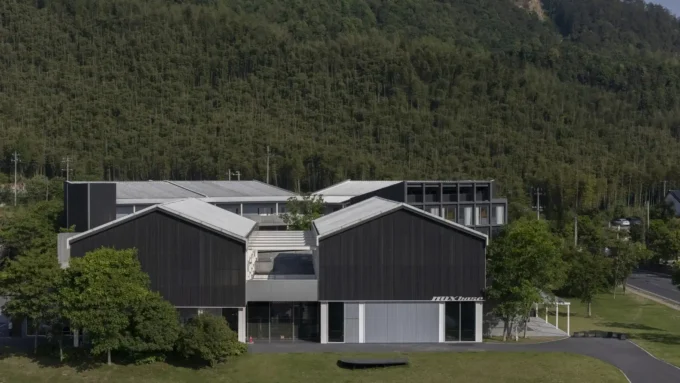

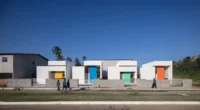

Leave a comment